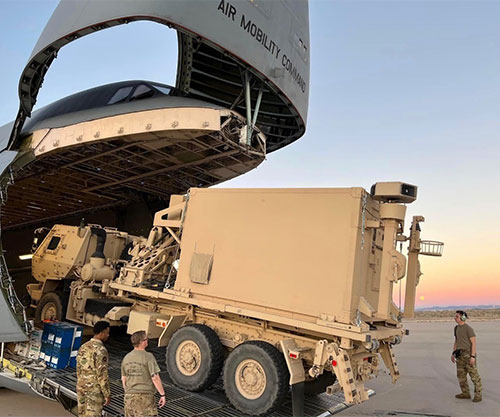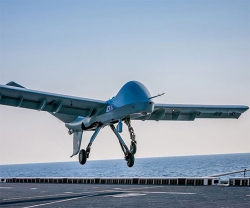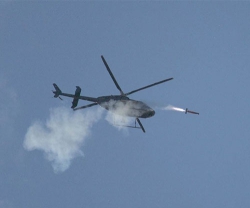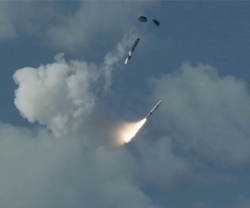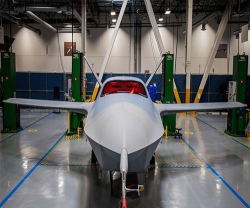Northrop Grumman Corporation’s Integrated Battle Command System (IBCS) has achieved initial operational capability from the U.S. Army. With this declaration, the system is now ready to be fielded to U.S. Army units to further support the development of the system’s capabilities.
IBCS is the cornerstone of the Army’s air and missile defense modernization strategy, replacing the multiple current air and missile defense command and control systems with a single system. The system has completed rigorous and demanding Initial Operational Test and Evaluation and numerous successful development and operational flight tests. During these demanding assessments, IBCS demonstrated its ability to deliver decision-quality fire control data across joint networks, increasing situational awareness and time for decision making.
“IBCS has the leading role in the Army’s air and missile defense modernization strategy because its ability to integrate multi-domain sensors to create fire quality fused data enables the warfighter to quickly decide on the best shooter to defend against incoming threats,” said Rebecca Torzone, Vice President and General Manager, Combat Systems and Mission Readiness, Northrop Grumman.
“With its mature, proven and ready capabilities, IBCS transforms and extends the battlespace for the U.S. and its allies,” she added.
This groundbreaking step toward putting multi-domain capabilities in the hands of the warfighter comes on the heels of the program’s recent approval for Full Rate Production. These milestones are the result of the successful completion of critical testing, and development of logistics, support and training.
To-date, IBCS has integrated, or demonstrated integration on numerous sensors and shooters from all U.S. service branches and allies. IBCS can quickly integrate additional systems given its open architecture - enabling the U.S. and its allies to move beyond interoperability to achieve the high level of multi-domain integration required today and in the future.
IBCS implements a modular, open and scalable architecture that integrates available assets in the battlespace onto a common, integrated fire control network, regardless of source, service or domain. Its architecture enables the efficient and affordable integration of current and future systems and extends the battlespace by disaggregating sensors and effectors.
By enabling this high level of network integration, the warfighter is given unprecedented time to make accurate decisions. Through numerous successful developments, operational tests and demonstrations, IBCS has proven its capability to connect and fuse multi-service sensor data to multi-service weapons, demonstrating the Army’s contribution to Joint All Domain Command and Control (JADC2) capabilities. (Photo © U.S. Army: U.S. military load a C-5 aircraft with Northrop Grumman’s IBCS equipment during a training session)

